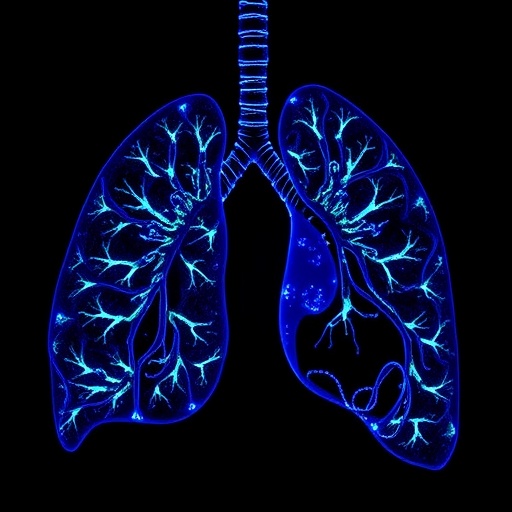Dr. Rodrigo S. Lacruz, assistant professor of basic science and craniofacial biology at NYU College of Dentistry, has been awarded a five-year, $1.9M grant from the National Institute of Dental and Craniofacial Research (NIDCR) to study calcium control in dental enamel. The research seeks to gain a better understanding of the impact of calcium in enamel mineralization and of the physiological processes by which enamel crystals are formed, and ultimately to develop improved strategies for the prevention and treatment of dental caries.
"Changes in the concentration of calcium (Ca2+) within the cell and the physiological mechanisms by which these changes occur can trigger a number of processes. This change in Ca2+ concentration is modulated by ORAI1 and STIM1 proteins in enamel-forming epithelial cells known as ameloblasts," explains Dr. Lacruz. "Deficiencies in the normal functioning of these mechanisms result in amelogenesis imperfecta, a term that broadly describes types of abnormalities in enamel. These abnormalities can weaken the outer enamel surface and can lead to accumulation of oral bacteria in those weak spots, resulting in caries and other dental disease, including a massive breakdown of the enamel in patients with mutations in STIM1 and ORAI1 genes."
While the importance of Ca2+ influx via Ca2+ release-activated Ca2+ (CRAC) channels in ameloblasts is apparent in studies describing amelogenesis imperfecta, understanding how CRAC channels modulate enamel development and mineralization is limited, as animals lacking Stim1 and Orai1 die soon after birth. To address this challenge, Dr. Lacruz, in collaboration with Dr. Stefan Feske, associate professor of pathology at the NYU School of Medicine, and Dr. David I. Yule, professor of pharmacology and physiology at the University of Rochester Medical Center, has developed and is studying several mouse models in which the genes Stim1 and Orai1 have been removed from a number of tissues of interest such as ameloblasts, sweat glands, and salivary glands. This localized deletion, known as conditional deletion, enables researchers to analyze the specific function of CRAC channels in these tissues without harming the remainder of the body's organs.
"Animal models enable us to look at the cells at different times and in different ways to assess the changes that occur when cells are deprived of calcium. In our case, we are interested in understanding what occurs when the enamel crystals themselves are also deprived of calcium," says Dr. Lacruz. He also plans to utilize animal models to understand the enamel problems experienced by Down syndrome (DS) patients, as they often present with a host of enamel deficiencies such as abnormal mineralization and thinner enamel. Of particular interest for his upcoming research is the protein-coding gene known as regulator of calcineurin (RCAN1), which is elevated in tissues including the brain, heart, and muscle of patients with DS, where its function in enamel is unknown.
The research undertaken by Dr. Lacruz and his team has the potential to significantly impact scientific understanding of how calcium contributes to enamel formation. Dental caries prevention relies heavily on knowing how enamel is formed so that clinical techniques can be developed to replicate these processes. According to Dr. Lacruz, "It is our hope that the data we obtain will motivate physicians to involve dental practitioners early on in the treatment of patient with DS or patients with mutations to CRAC channels genes because we have established links between these diseases and deficiencies in enamel."
###
This work was funded by the National Institute of Dental & Craniofacial Research of the National Institutes of Health under award number R01DE025639.
ABOUT THE NYU COLLEGE OF DENTISTRY
New York University College of Dentistry (NYU Dentistry) is the third oldest and the largest dental school in the US, educating 8 percent of all dentists. NYU Dentistry has a significant global reach and provides a level of national and international diversity among its students that is unmatched by any other dental school. http://www.nyu.edu/dental
Media Contact
christopher james
[email protected]
212-229-7936
@nyuniversity
http://www.nyu.edu
############
Story Source: Materials provided by Scienmag




